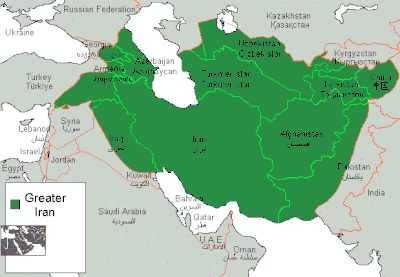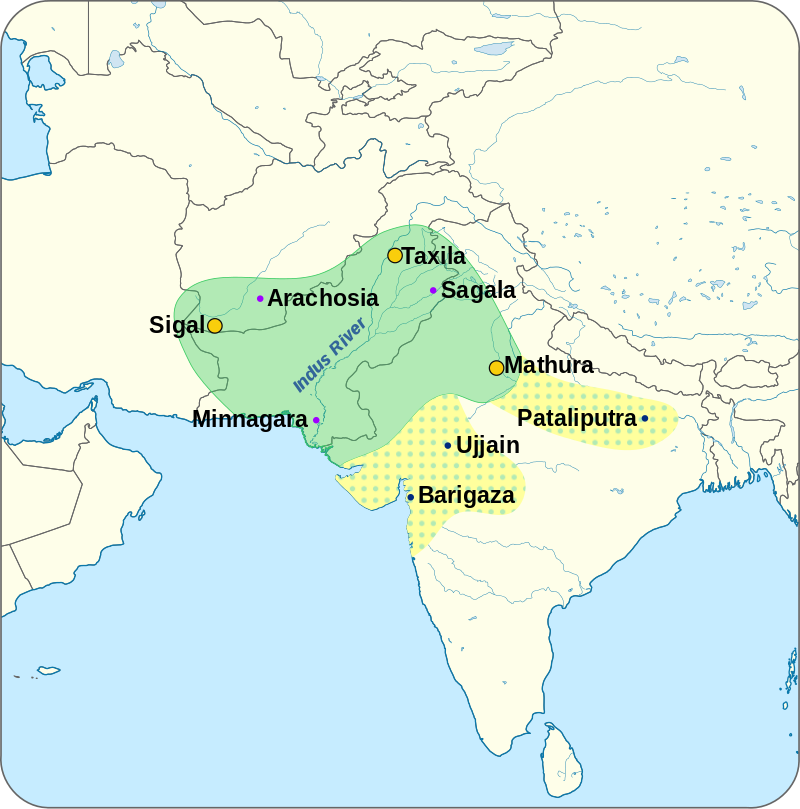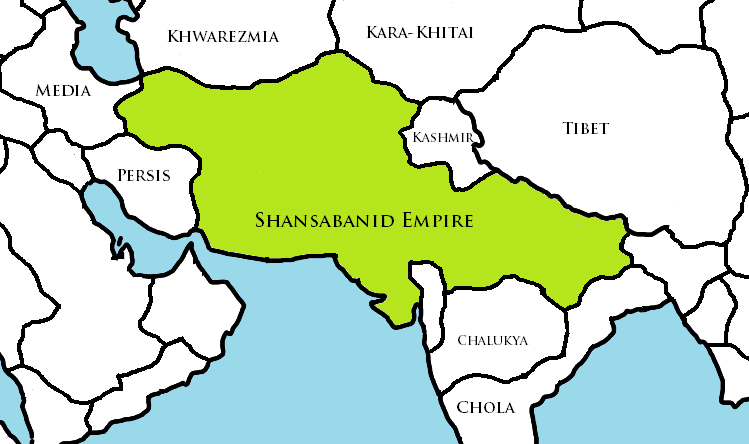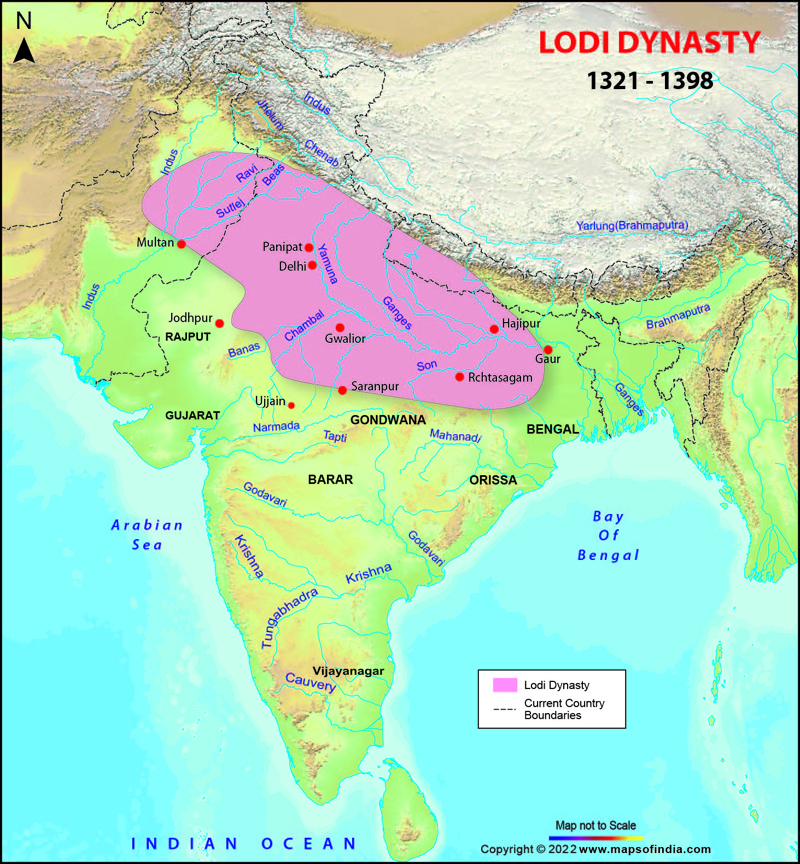Battle Of Jamrud, Circa 1837.
(Excerpt Fom Afghanistan In The Age Of Empires By Farrukh Husain)
Hari Singh had impudently written to Dost Mahomed Khan to the effect that Hindu scriptures predicted the Sikh conquest of Kabul. Therefore unless Dost Mahomed Khan wanted to burn he should obediently hand Kabul over. Otherwise the purdah protecting Dost Mahomed Khan’s honour would be split asunder – a clear and unequivocal threat to Dost Mahomed Khan’s harem.
Hari Singh added for good measure that a failure to comply with the demand would leave Dost Mahomed Khan biting his own hand in remorse and that Hari Singh would not then show any mercy to Dost Mahomed Khan (pp.184-185 Vo.1 Siraj al Tawarikh.)
For this reason Dost Mahomed Khan declared war on Hari Singh. Dost Mahomed Khan’s two sons Mohamed Afzal Khan and Mohamed Akbar Khan distinguished themselves by leading the forces of their father into battle at Jamrud. The battle was waged for twelve long days. For the first eleven days the outcome of the battle was unclear. Then on the twelfth day the Sikhs broke through the Afghan forces. Hari Singh had launched a bold attack, driving his Afghan opponents backwards in defeat. However, Sardar Muhammad Afzal Khan turned back from retreat and though the Sikhs were devastating the Afghans with deadly slashes of their sabres, Sardar Muhammed Afzal Khan rallied the Afghan forces by leading an attack upon the Sikh force. The Sikhs wilted under Muhammed Afzal Khan’s onslaught and Sirdar Mohammed Akbar Khan also turned back from retreat to join his brother’s offensive and pounced on the Sikhs (p210 vol 1 Siraj al Tawarikh).
It fell to Mohammed Afzal Khan as oldest son of the Amir Dost Mohammed Khan, to seek out and destroy the Sikh dragon Hari Singh. Hari had dared to lead his forces breathing fire and war into the land of the Khyber. Mohammed Afzal Khan charged towards him, perhaps inspired by the poem of Hanzala of Badghis,
“If leadership rests inside the lion’s jaw,
So be it. Go, snatch it from his jaws.
Your ‘lot shall be greatness, prestige, honor and glory.
If all fails, face death like a man."
There was to be no escape for this jingoistic old fire breather, harried by the Afghans he would now meet his doom. Hari Singh fell in a ball of smoke as he was blasted by Mohammed Afzal Khan, from an Afghan swivel cannon mounted atop a camel (p352 Ghani. Brief history of Afghanistan). Hari Singh died as violently as he had lived, in the land of his Afghan opponents, near a watch tower (p.52 Tarikh-i-Peshawar; p.91 SM Jaffar).
In 1834 before occupying Peshawar, Hari Singh had openly voiced “his contempt for Afghans and did not conceal his design to carry Sikh arms beyond Peshawar” (p240 History of the Sikhs Cunningham) and now he paid the price for his misjudgement and ironically fulfilled his wishes and carried his arms just beyond what was at that time Peshawar City, before being blasted to death (See p.186 Vol.1 Siraj al Tawarikh which states that Mahomed Akbar Khan killed Hari Singh in combat with his sword. This seems unlikely since Mahomed Akbar Khan was on horseback and the Sikh was on an Elephant so could not have been within the reach of swordsmen to inflict blows upon him.
On a separate note related to the Zamburak, though long since out of use the power of the Zumbarak is used as a curse by parents when angry with their kids. There are two sayings that are used: firstly, “pa zamburak soray she”, which translates as “may allah make a hole in your body by a zamburak” and secondly, “pa zamburak owahalay she” meaning “may allah struck you by a zamburak”.)
“Hari Singh was possessed of great personal intrepidity, but, whether from want of judgement or from undervaluing his foes, had frequently been placed in critical situations, and at length fell a victim to his temerity. He held the Afghans in bitter contempt, ever affirming that they were dogs and cowards, and that he knew them well." (p.387 vol.3 Travels in Balochistan, Punjab -Masson)
The Sikh and the Pashtun had met in combat and the Sikh had been found wanting. Though Mahomed Akbar Khan wanted to advance to Peshawar, two of his uncles came to warn him that the Sikhs had managed to reinforce their troops and the Afghan forces retreated without liberating their city.
Ten thousand Kandahari troops arrived too late to participate in the battle and reinforced Mohammed Akbar Khan and Mohammed Afzal Khan. During the course of the retreat letters from Runjeet Singh were found addressed to the two uncles who had proposed the retreat of the Afghan forces.
The two uncles were immediately arrested and the Afghan forces retraced their steps towards Jamrud ( pp.86-87 Note 356 Calendar of Persian Correspondence, collection of treaties , sanads, letters etc which passed between the East India Company, Sikhs, Afghans and other notables Vol 1 1972). However, the Afghans were too late because the Sikh force had departed looking for easier prey.
Runjeet Singh was reduced to tears on learning about the death of his childhood playmate Hari Singh (pp.256-257 Cunningham). This did not prevent Runjeet continuing to toy with the Afghans, by holding on to the fair vale of Peshawar. Runjeet was not the only one to cry about the battle of Jamrud, Dost Mahomed Khan’s son, “Mahomed Haider Khan, a boy, who had never before seen battle, retired weeping"( p.384 vol.3 Masson).
The ‘boy' was actually about twenty years of age since Neville Chamberlain describes him as being twenty-two in 1839. Only time would tell whether Mahomed Haider Khan had the mettle to engage in conflict and come out victorious, but the omens were not fortuitous, since the clouds of war were rapidly gathering. Another Afghan commander named Hajji Khan Kakar also did not fight the Sikhs for he had been in league with the Sikhs. For this reason Kakar was later dismissed from service by Dost Mahomed Khan. This traitor then went to serve the Kandahar Sardars where he would sow further mischief.
Though the battle of Jamrud was over, blood however was still to be shed in the Peshawar valley. As the Afghan troops turned their backs on Peshawar and headed towards Kabul, they would not have heard the screams of terror emanating from Peshawar city.
The poor defenceless residents, of the former Afghan winter capital, of Peshawar faced a terrible massacre from the defeated Sikh troops, “all the mosques were set on fire and six hundred Afghans were killed by the Sikhs."(Note 356 p.87 Calendar of Persian Correspondence)
The Sikhs sought to avenge the loss of their leader, such is the way of war and the deeds of those who know no chivalry. However, the occupiers would not enjoy safety in Peshawar:
“the French officers could not with safety leave homes to an evening dinner while we were at Peshawar and our intercourse was confined to breakfasts." (cited at p.140 A H Tabibi, Afghanistan a nation in love with Freedom quoting Burnes letter 2nd June 1838 to McNaghten.)
Living under Sikh occupation and their Napoleonic mercenaries was traumatic for the Peshawar Afghans, since their life was worth less than that of a cow. The famous dish of Peshawar is the sandal (chappali) shaped kebab , made from beef, but the cow is venerated by the Sikhs. No longer could the inhabitants of Peshawar savour their regional delicacy.
“An unfortunate Musulman, at Peshawur, was found guilty of eating roast beef; the Sikhs kindled a large fire, placed their victim within the circle they formed around it, prevented his escape by thrusting pointed sticks at him, and so burnt him alive." (p.246 A personal narrative of a visit to Ghazni, Kabul and Afghanistan Vigne.)
Peshawar was a quagmire for Runjeet Singh, but to give it up would be to admit defeat, in return for which the Sikhs had lost many able men and expended a great deal of money. It was the classic dilemma faced by those that occupy Afghan territory. Runjeet Singh himself called Peshawar a necklace of knives hung around my throat by Hari Singh (p.81 A Fletcher Afghanistan Highway of Conquest).
An Italian officer Avitabile, now took on the governorship of Peshawar and was notorious for being utterly ruthless and ensuring that the gallows and minarets of Peshawar were swinging with the corpses of unfortunate Afghans. The tussle for Peshawar was essentially a mini-run of the forthcoming first Anglo Afghan War. This war should have served as a warning to the British not to compromise themselves by getting involved in the Afghan imbroglio.
The Illustrations Depict Mohammed Akbar Khan (Print Based On Vincent Eyre's Painting)














